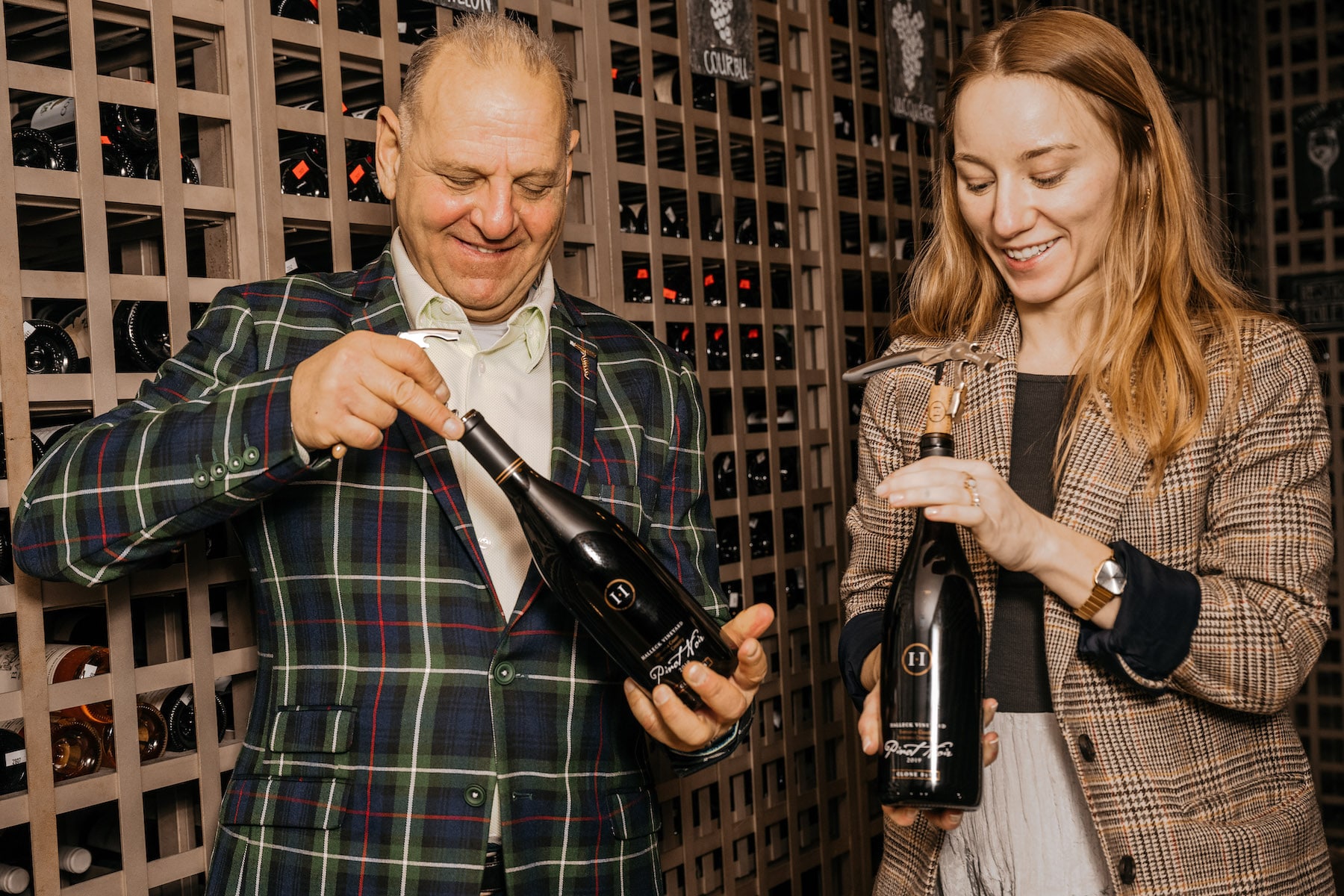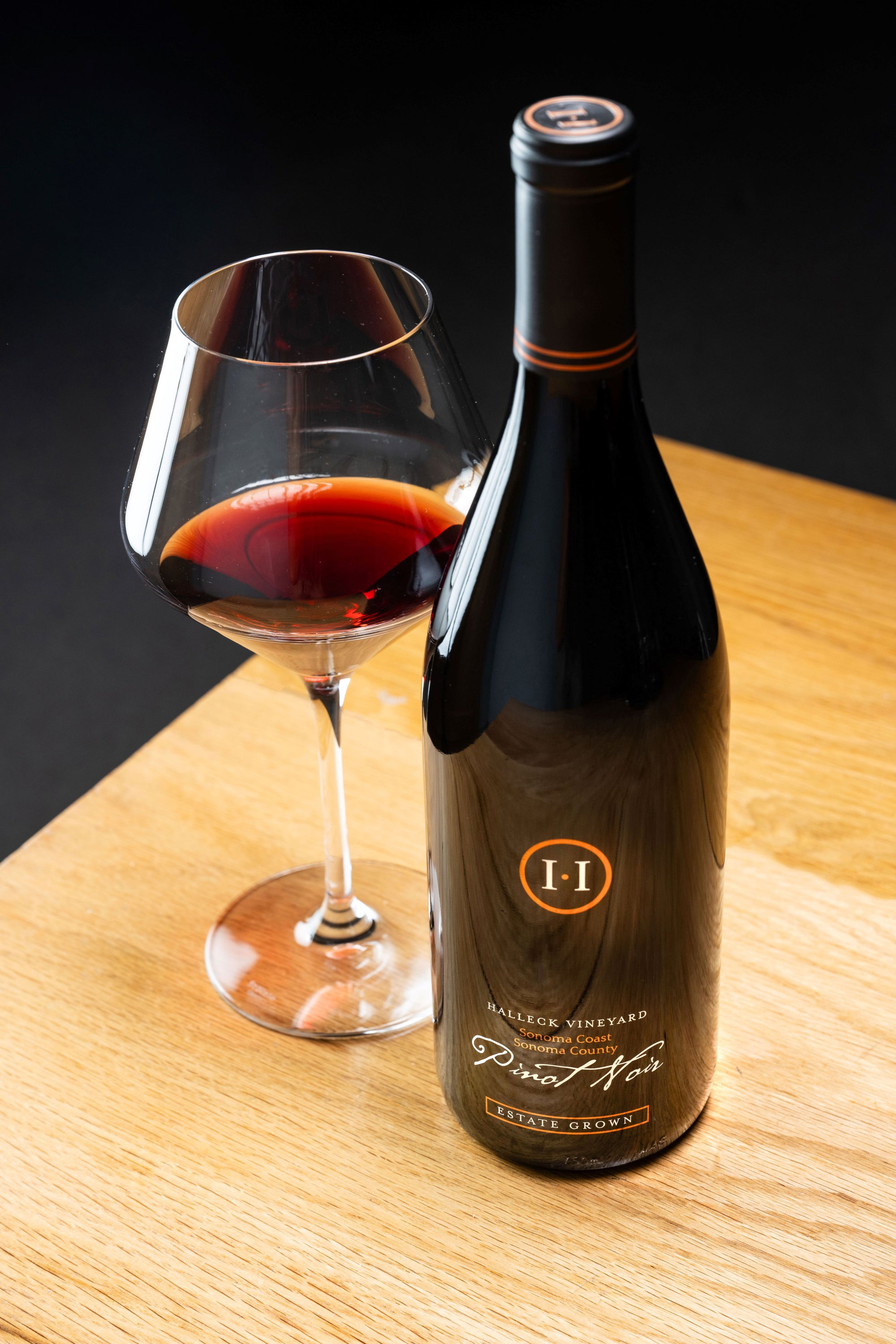Top Rated Wine Experiences In Sebastopol - Wine Tasting Activities In Sebastopol
Wine tasting is an art that mixes sensory experience with an appreciation for the nuances of different varietals. How to evaluate flavors in winery wine tasting sessions is pivotal to grasping the complexities of wine.
Engaging in a wine tasting involves more than simply sipping and savoring. It requires a focused approach to determine aromas and flavors that every wine presents. As you begin, observe the wine's appearance, noting its color and clarity. These visible cues often suggest a wine’s age, grape variety, and even potential flavor profiles.
The next step in the tasting course of is to swirl the wine in your glass. This action releases aromatic compounds which might be important for analysis. Lean in and take a second to inhale deeply; the aromas can vary from floral and fruity to spicy and earthy. The nostril of the wine is just as essential as the palate, and recognizing scents plays a major role in understanding the overall experience.
When taking your first sip, permit the wine to move throughout your palate - Wineries With Unique Gamay Wines. Notice the preliminary flavors that present themselves. Is the wine fruity, floral, or maybe herbaceous? This initial taste offers perception into what the wine is more probably to specific as you continue to evaluate it. The mouthfeel additionally contributes to the general flavor experience; it might be silky, tannic, or even effervescent.
Wineries With Educational Tours In Sonoma - Exploring The Vineyards In Sonoma County
As you proceed tasting, take note of the wine’s balance. A well-balanced wine will harmonize acidity, sweetness, and tannins. If one component overwhelms the others, it might indicate a less fascinating high quality. Evaluating steadiness may help you determine how well the wine may pair with food.
Transitioning to the finish, contemplate how the flavors evolve because the wine lingers in your palate. A long, nice finish can indicate a high-quality wine, whereas a short or abrupt finish would possibly suggest otherwise. Reflect on whether or not the flavors stay constant or if new notes emerge as the wine settles. This progression can reveal complexities and intricacies that may not have been obvious in the initial tasting.
Temperature can be a vital think about evaluating wine flavors. Completely Different kinds of wine are optimally enjoyed at specific temperatures. White wines often shine when chilled, whereas purple wines generally carry out greatest at room temperature. When tasting, make positive the wine is at the acceptable temperature to completely appreciate its character.
Historical Wineries To Visit In Sonoma - Sonoma Wine Culture
Pairing food with wine can significantly enhance the tasting experience. Foods can influence the notion of flavors in wine, both highlighting sure characteristics or diminishing them. When evaluating flavors, think about how the wine interacts with different foods, noticing which flavors are amplified or muted (Upcoming Wine Festivals In Sonoma County).

Contemplate the affect of terroir as you engage in a winery tasting. Terroir encompasses the distinctive environmental elements that have an result on grape rising, including soil composition, local weather, and geography. Understanding a wine's terroir can provide perception into its flavors and aromas, fostering a deeper appreciation for the alternatives made during its cultivation and production.
Education performs a basic role in enhancing one's capacity to evaluate wine flavors. Studying about grape varieties, wine regions, and manufacturing strategies can pave the means in which for more knowledgeable judgments throughout tastings. Additionally, attending workshops or classes can refine sensory skills and expand your flavor vocabulary, enabling you to articulate tasting notes more successfully.

Lastly, it is essential to do not overlook that evaluating wine flavors is a extremely personal experience. Particular Person preferences and perceptions will invariably form one’s tasting journey. Enjoyment must be on the forefront, with the analysis process acting as a tool to enhance understanding and appreciation rather than create rigid guidelines.
Wineries Promoting Sustainable Farming - Top Wineries To Visit In Sebastopol
In conclusion, mastering tips on how to consider flavors in winery wine tasting classes entails a mixture of sensory engagement, data, and practice. By studying to establish aromas, assess the stability, and respect the intricacies of flavor, wine enthusiasts can deepen their connection to every bottle they encounter. As with any art kind, the extra one immerses themselves within the experience, the more they'll uncover and benefit from the huge world of wine.
- Start by observing the wine's shade and clarity, as these visual parts can trace at its flavor profile and growing older potential.
- Swirl the wine gently in your glass; this releases fragrant compounds, permitting you to better identify the complex scents associated with the wine.
- Take a deep inhale before tasting, focusing on both major and secondary aromas to assemble insights on fruits, spices, and other nuances.
- When tasting, allow the wine to coat your palate; note the preliminary flavors, the mid-palate complexity, and the finish as these stages can provide totally different flavor highlights.
- Pay attention to texture and mouthfeel, as aspects similar to tannin ranges, acidity, and sweetness contribute considerably to the general tasting experience.
- Examine flavors towards commonplace wine traits; for purple wines, think about berry notes, oak affect, and herbal tones, while whites may include citrus, stone fruits, and floral hints.
- Take notes during the tasting session to trace your impressions, serving to you to recollect and evaluate the totally different wines sampled.
- Discuss your findings with fellow tasters or winery staff, as sharing insights can improve understanding and appreciation of particular person flavors.
- Permit time for the wine to breathe; typically, flavors evolve and reveal new dimensions after being exposed to air.
- Experiment with food pairings during the tasting as they'll dramatically alter how flavors are perceived, influencing total enjoyment.undefinedWhat should I look for when evaluating the aroma of wine throughout a tasting?
Begin by swirling the wine in your glass to release its aromas. Bring the glass to your nostril and take a deep breath. Pay consideration to the first scents you detect, as these are often the most distinguished. Look for fruit, floral, natural, or earthy notes and try to identify particular characteristics, which will deepen your understanding of the wine's complexity.
Wineries Featuring Vineyard Tours - Best Wineries In Sonoma For A Wine Experience

How can I distinguish between different flavor profiles in wine?
Perceive that flavor profiles are sometimes categorized as fruit, floral, herbaceous, spicy, or mineral. Take small sips and allow the wine to coat your palate. Discover the primary flavors that emerge first and the refined notes that comply with. This layering is essential in distinguishing the wine's traits and will allow you to respect its distinctive profile.
Wineries That Offer Food Trucks On Weekends - Local Wineries In Sebastopol
What is the significance of the wine's texture in a tasting?

The texture of the wine, also identified as mouthfeel, plays a vital role in how we understand flavors. Pay attention as to if the wine feels easy, creamy, or gritty. The body of the wine (light, medium, or full) can improve or distinction with flavors, providing a extra rounded experience throughout tasting.
How do I assess the balance of flavors in wine?
Steadiness in wine refers back to the concord between acidity, sweetness, tannin, and alcohol. Take a second to assess whether or not these click for source components complement or interfere with each other. A well-balanced wine could have none of its parts overpowering the others, creating a nice tasting experience.
Elegant Wine Tasting Locations In Sonoma - Unforgettable Wine Tastings In Sonoma
What role does temperature play in evaluating wine flavors?
Temperature can significantly impression the notion of flavors. Generally, red wines are finest served slightly beneath room temperature, while white wines benefit from being chilled. As the temperature modifications, the aromas and flavors can shift, allowing you to perceive different traits. It’s essential to style wine at its optimal temperature for true analysis.
Wineries That Welcome Walk Ins - Sebastopol Vineyard Experiences
How can I enhance my tasting skills over time?
Practice is key to enhancing your tasting skills. Elegant Wine Tasting Locations In Sonoma. Attend tastings, maintain a journal of your experiences, and discover several sorts of wines to broaden your palate. Moreover, studying about wine production and grape varieties can present context that enhances your analysis process, making you a more knowledgeable taster.
Is there a specific order by which I ought to taste the wines?
Unique Wine Blending Experiences In Sonoma - Sonoma's Finest Wineries
Yes, it’s advisable to style wines from light to full-bodied and dry to sweet. This development prevents the stronger flavors from overshadowing the extra delicate ones, allowing you to completely recognize every wine's characteristics and nuances without palate fatigue.
How can I evaluate the aftertaste of wine?
Local Favorite Wineries In Sonoma - Wineries For Casual Tastings In Sonoma
The aftertaste, or finish, is an important aspect of the wine-tasting experience. After swallowing, pay attention to how long the flavors linger in your palate and whether or not they change. A lengthy, nice finish is usually an indicator of a high-quality wine, while a short or unpleasant end could recommend in any other case.
Why is it essential to note the wine’s acidity during tasting?
Acidity contributes to the general freshness and construction of the wine. Pay consideration to the tingling sensation on your tongue; higher acidity can enhance the wine's liveliness and steadiness out sweetness. Noting acidity helps decide the wine's versatility with food and its growing older potential.
What should visit their website I do if I struggle to establish particular flavors in wine?
Celebrated Winemakers To Discover In Sonoma - Discovering Sebastopol's Wineries
Struggling to determine flavors is widespread, particularly for newbies. Focus on broader classes and describe what you probably can acknowledge, similar to sweet or earthy notes. With practice, reading about totally different flavor profiles, and perhaps using flavor wheels, you'll refine your senses and develop a more nuanced approach to tasting.